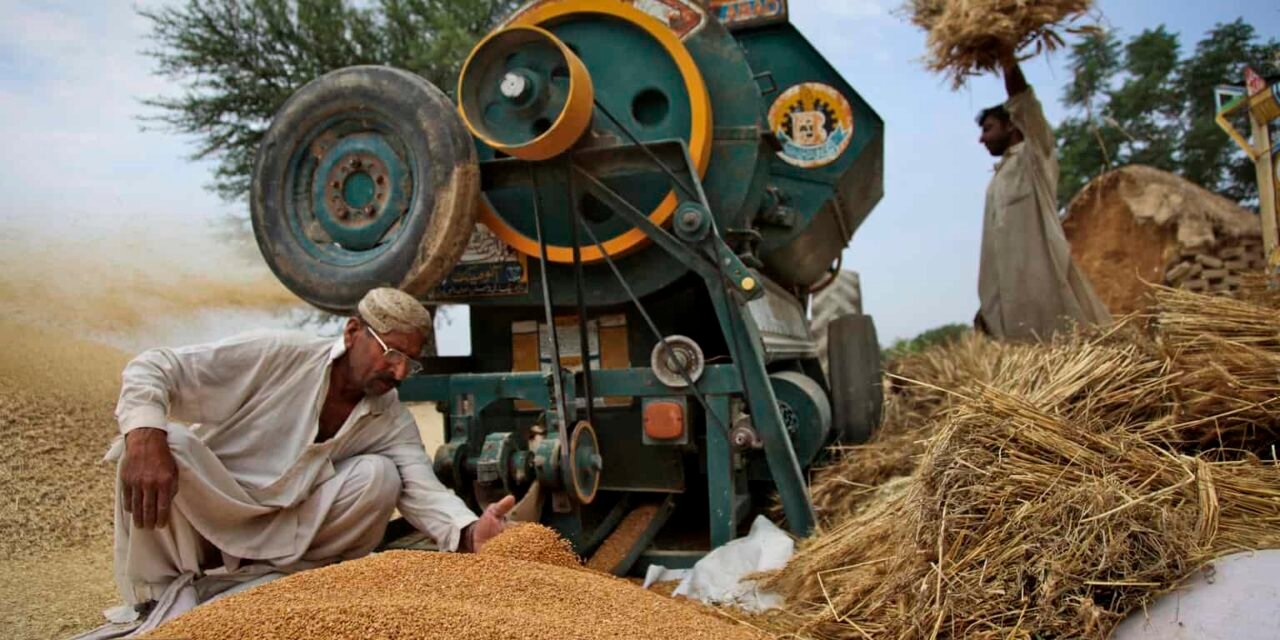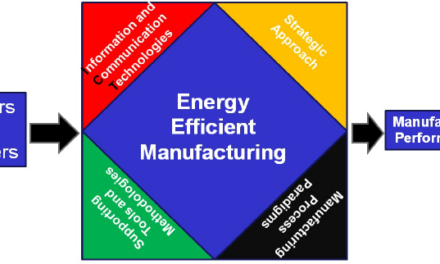Milling plays a crucial role in the production of fortified flour, as it is the stage where essential vitamins and minerals are added to enhance the nutritional value of the product. Fortification involves blending nutrients into flour to address micronutrient deficiencies in the population, making the milling process central to achieving this goal effectively and efficiently. Here’s how milling contributes to the production of fortified flour:
1. Integration of Nutrients
- Addition of Fortificants: Milling is the ideal stage to incorporate premixes of vitamins (e.g., B vitamins, vitamin D) and minerals (e.g., iron, zinc, calcium) into flour. This ensures uniform distribution.
- Customized Formulation: Milling systems can be calibrated to add specific nutrients based on local dietary requirements or regulatory mandates.
2. Homogeneous Mixing
- Blending Systems: Modern milling equipment ensures even mixing of fortificants with the flour, preventing segregation and ensuring consistency in nutrient content across batches.
- Micronized Fortificants: Milling processes incorporate finely ground fortificants to maintain the texture, color, and taste of the flour.
3. Preservation of Nutritional Quality
- Controlled Conditions: Milling equipment operates under controlled temperatures and environments to minimize the degradation of heat-sensitive nutrients, such as vitamins.
- Minimized Losses: Advanced milling techniques ensure that nutrients added during fortification are not lost during storage or distribution.
4. Precision in Dosage
- Automated Fortification Systems: Modern milling setups use automated systems to precisely measure and dispense the required amounts of fortificants, meeting regulatory standards and preventing over- or under-fortification.
- Real-Time Monitoring: Sensors and analytics in milling systems ensure the fortification process is accurate and consistent.
5. Retention of Natural Nutrients
- Whole Grain Fortification: Milling can be adjusted to retain more bran and germ in whole grain flours, naturally preserving fiber, vitamins, and minerals while also allowing fortification with additional nutrients.
- Reduction of Antinutrients: Milling processes can reduce phytates in the flour, which inhibit mineral absorption, thereby enhancing the bioavailability of added nutrients.
6. Scalability and Accessibility
- Mass Production Capability: Large-scale milling facilities enable the production of fortified flour at volumes sufficient to address widespread nutritional deficiencies, making it a cornerstone of public health initiatives.
- Cost Efficiency: Milling fortification adds value to flour at a relatively low cost, making fortified products accessible to low-income populations.
7. Compliance with Standards
- Regulatory Adherence: Milling processes ensure that fortified flour complies with international and local fortification standards, such as those set by the WHO, FAO, or national governments.
- Labeling and Quality Assurance: Mills are responsible for testing fortified flour to ensure nutrient levels meet declared amounts and that the product is safe for consumption.
8. Addressing Specific Deficiencies
- Iron Fortification: Milling is used to address iron deficiency anemia by adding iron compounds like ferrous sulfate or ferrous fumarate, chosen for their bioavailability.
- Folic Acid Addition: To combat neural tube defects, folic acid is added during milling to flours used in staple foods.
- Vitamin D and Calcium: Milling enables the addition of these nutrients to flours for bone health improvement in regions with deficiencies.
9. Minimal Impact on Sensory Attributes
- Preserving Taste and Texture: Milling systems are designed to integrate fortificants without altering the taste, texture, or appearance of the flour, ensuring consumer acceptance.
- Custom Fortification Blends: Specific blends are chosen to match the properties of the flour type (e.g., wheat, maize, or rice flour), maintaining the product’s functionality in baking or cooking.
10. Supporting Public Health Initiatives
- Nutrition Programs: Milling facilities are often the implementing points for government and NGO-led nutrition initiatives aimed at combating malnutrition through staple foods.
- Fortification at Scale: Mills contribute to the widespread availability of fortified flour, making it an effective vehicle for delivering micronutrients to large populations.
11. Challenges and Innovations in Milling for Fortified Flour
- Cost Management: Balancing the costs of fortificants and the fortification process with affordability for consumers is a common challenge.
- Consumer Awareness: Educating consumers about the benefits of fortified flour ensures acceptance and sustained demand.
- Technological Advancements: Innovations like microencapsulation of nutrients protect sensitive vitamins during milling and storage.
Conclusion
Milling is the cornerstone of fortified flour production, ensuring that essential nutrients are effectively added, evenly distributed, and preserved in the final product. By integrating advanced technologies and adhering to regulatory standards, the milling process supports global efforts to combat malnutrition and improve public health.
Hashtags
#FortifiedFood #HealthyEating #NutrientEnrichment #WholeGrainGoodness #InnovativeMilling #NutritionMatters #FoodSecurity #SustainableNutrition #BetterBaking #HealthyChoices #MillingSolutions #NutritionEducation #FoodSafety #GrainNutrition #MillingAdvancements #NourishingCommunities #FlourPower #HealthyHabits #MillingForHealth #NutritionRevolution









